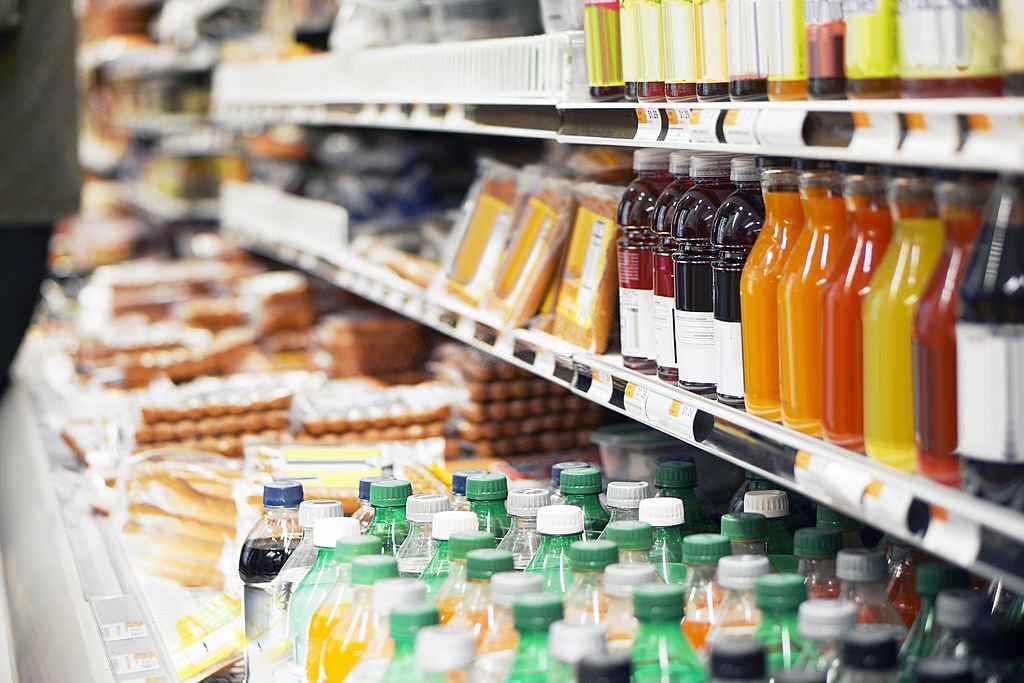BCG’s studies show that the retail industry will reach $1.3 trillion by 2025, pointing toward increasing demand for retail spaces. Retail spaces are expensive, and stacking piles of SKUs that sell fast eventually means lost opportunities for retail stores, wasted inventory space for distributors, and expired products for manufacturers.
Major retail stores plan shelves based on sales data like unit volume to analyze the movement of SKUs at the retail stores. To understand these aspects with focus, companies require shelf intelligence captured via shelf image recognition software to access granular data.
We need to consider two parameters when considering products stacked on the shelves- Breadth and Depth. Product Breadth refers to the different lines of SKUs displayed on the shelves, and Depth refers to the number of units of each product on the shelves. For instance, a popular retail outlet stocks up on the most common products in different brands and pack sizes. They can never be too sure what to stock; hence, they have a wide breadth. Meanwhile, another store of similar size chooses to stock up on more quantities of a brand/ product because the consumers in the region come asking for them, giving them a massive product depth.

Smartphone cameras help capture images, and AI algorithms convert images into data for manufacturers who need eyes in-store. This data and other parameters help stakeholders make informed choices about product facing, listings, and recommended order quantity to be displayed. Recommendation derived from this data is crucial for sellers to ensure that they push the right SKUs. Consolidated sales data will ensure distributors are aware of sales and revenue opportunities at every retail store.
Listed below are insights captured via image recognition technology in real-time in stores. These can help large companies and merchandising agencies increase their sales and productivity.
Stock Availability
Sales reps no longer have to count SKUs on shelves manually. A single image captured by the salesperson can verify the availability of stocks on the aisles. From facings to stock width, the algorithm automatically captures all details, thereby increasing efficiency and reducing the scope of errors.
Planogram Compliance
Many companies have designed a perfect store for their products through years of research and analysis of consumer data. These planograms are replicated across different retail stores across geographies, helping customers retain familiarity and ease of locating products in the aisles by enhancing the overall in-store retail execution experience.

Shelf Space Quality
Retail stores charge high prices for eye-level shelves. Underutilizing these shelf images means a loss for the brands, and manual tracking of shelf quality is cumbersome. Instead, brands can automatically calculate product facings and prove the share of shelves’ quality using shelf image recognition systems. Comparing share-of-shelf with SKUs and their sales contribution helps companies understand ROI better.
Category Optimization
Rearranging products in stores sometimes helps tweak sales. Regular conversations with your key customers will help identify gaps and include suggestions that will help with category remapping and rearrangement of shelves while pushing sales in a positive direction.
Competitive Analysis
While capturing a shelf image, images capture brand-specific SKUs and details like Competitor SKUs, pricing, and promotions. Companies use this information to make informed choices to boost sales by replicating similar pricing or offers to help brands compete with minimal effort.
Pricing Compliance
Certain countries come with price limits defined for each product. Retail stores cannot sell at costs higher than the set values. Image recognition software will come in handy to ensure compliance with regular price points or promotional prices.
—
Ivy Eye is a part of Ivy’s unified commercial platform that helps manufacturers and distributors use secondary sales effectively and efficiently. With image recognition software, companies can achieve greater productivity and save time with future-ready algorithms. These next-generational algorithms with advanced technology help consumer goods companies achieve improved productivity and enhanced sales. Book a demo with us to help your business incorporate Image Recognition in retail stores to boost sales.